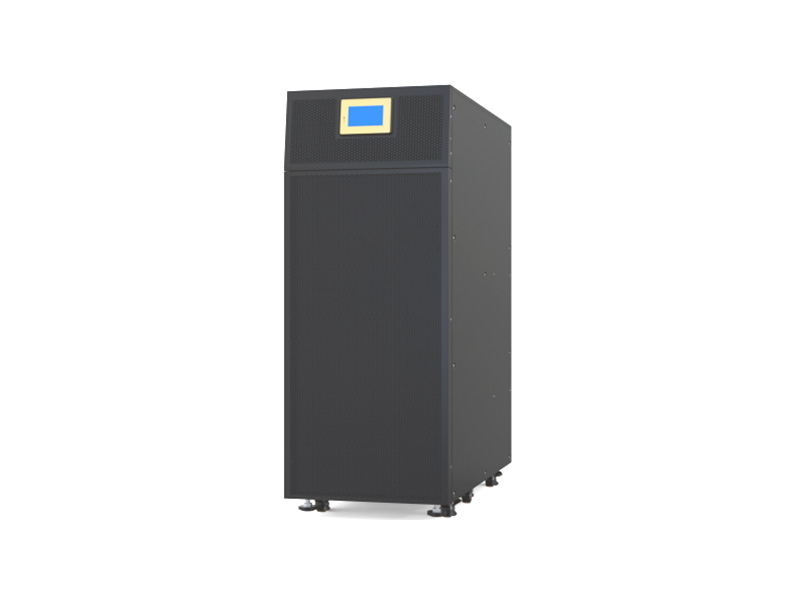language
Power interruptions, voltage spikes, and surges are more than just inconvenient—they can cause data loss, hardware damage, and costly downtime. An uninterruptible power supply (UPS) is designed to prevent these problems by providing instant backup power and power conditioning. But the effectiveness of a UPS depends heavily on its battery—the component that determines how long your system stays protected.
In this article, we'll cover everything you need to know about ups & batteries, including how they work, the types available, how to maintain them, and how to choose the right system for your needs.
What Is a UPS?
A Uninterruptible Power Supply (UPS) is a device that provides emergency power to connected equipment when the main power source fails. It also protects against power surges, voltage sags, and electrical noise. A UPS typically includes:
Inverter/Converter system to switch between battery and main power
Battery bank for energy storage
Bypass circuit for maintenance or overload scenarios
Monitoring system for power status and alerts
UPS systems are used in homes, offices, data centers, hospitals, and industrial environments to ensure uptime and system integrity.
For example, AF93300 series Online Transformerless UPS 3 phase input and 3 phase output with a capacity covers various power ranges between 80kVA and 180kVA, which is convenient for users to flexibly configure.

How UPS Batteries Work
The battery is the core of any UPS. When utility power is normal, the UPS charges its internal batteries. When power fails or fluctuates beyond safe thresholds, the battery kicks in instantly to supply power without interruption.
Common Battery Technologies:
1. VRLA (Valve-Regulated Lead-Acid)
Sealed and maintenance-free
Most common in small and medium UPS systems
Lifespan: 3–5 years
Affordable and dependable
2. Lithium-Ion Batteries
Longer lifespan (up to 10 years)
Higher energy density and faster charging
Lightweight but more expensive
Increasingly used in high-end UPS systems
3. Flooded Lead-Acid Batteries
Used in large, industrial UPS applications
Require regular maintenance
Suitable for long runtimes and scalable configurations
Types of UPS Systems
UPS systems are categorized by how they manage power:
1. Offline/Standby UPS
Switches to battery power when an outage is detected
Suitable for home electronics and non-critical applications
2. Line-Interactive UPS
Regulates minor voltage fluctuations without switching to battery
Ideal for small offices or areas with inconsistent power
3. Online (Double Conversion) UPS
Provides continuous power by converting AC to DC and back to AC
Offers the highest level of protection
- Used in data centers, hospitals, and mission-critical environments
Key Features to Look For in UPS Batteries
Runtime: How long the battery can supply power during an outage
Recharge Time: How fast the battery recharges for the next use
Temperature Tolerance: Batteries degrade faster in high temperatures
Hot-Swappable Batteries: Allow replacements without shutting down the UPS
Monitoring Tools: Indicators or software that show battery health and alerts
Battery Maintenance and Replacement
UPS battery performance deteriorates over time. Proper care extends battery life and ensures reliability when it matters most.
Best Practices:
Test the battery regularly (at least twice a year)
Keep the UPS in a cool, dry environment
Replace batteries before failure—most show performance degradation before they fail completely
Use genuine batteries from reputable brands
When to Replace a UPS Battery
Warning signs that it’s time to replace your UPS battery include:
Reduced backup time
Frequent alarms or battery warnings
Physical swelling or leakage
The battery age exceeds 3–5 years (VRLA) or 8–10 years (lithium-ion)
Many modern UPS systems will alert you when battery performance drops below acceptable levels.

Choosing the Right UPS and Battery System
When selecting a UPS, consider:
Load capacity (VA/Watt rating): Should exceed the total load of connected devices by 20–30%
Runtime needs: How long backup power is needed
Environment: Indoor vs. industrial, temperature, and space constraints
Scalability: Whether you may add more load or batteries in the future
Monitoring and management features: Especially important in business and IT environments
Understanding the role of UPS and batteries is essential for protecting your devices from power disruptions. Whether you're safeguarding a single workstation or an entire network, the right UPS system and battery configuration will keep your operations secure, stable, and uninterrupted.